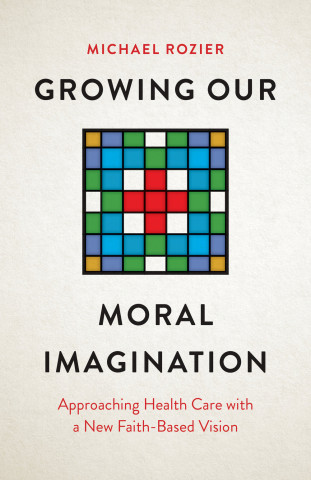An invaluable tool for health and social work students and professionals who want to improve their practice through collaborative research with patients, clients, and colleagues.
Throughout history, some of the most prominent contributors to health and social sciences have been men and women comfortable with both practice and academia. But today, research in health-related fields is increasingly conducted in specialized settings by people who are first and foremost researchers. Critics bemoan this loss of practice-based research, long considered a vital part of the contribution that doctors...
An invaluable tool for health and social work students and professionals who want to improve their practice through collaborative research with patients, clients, and colleagues.
Throughout history, some of the most prominent contributors to health and social sciences have been men and women comfortable with both practice and academia. But today, research in health-related fields is increasingly conducted in specialized settings by people who are first and foremost researchers. Critics bemoan this loss of practice-based research, long considered a vital part of the contribution that doctors, nurses, public health workers, and social workers can make both to their field and the communities in which they work. Unfortunately, the explosion of new discoveries in health-related fields, along with the exponential increase in the amount of knowledge being produced and the growing demands of practice, have caused both the production and application of knowledge to become highly specialized and increasingly complex. This has resulted in a widening gap between research and practice.
Recognizing the need for a guide to this type of research, Practitioner Research for Social Work, Nursing, and the Health Professions is a thoroughly reimagined version of a book originally published in 2011 in the Netherlands. Aimed at American practitioners, it is a highly practical guide for anyone in social work, nursing, and other health care and social welfare settings. Its seven-step Practitioner Research Method offers readers a tried-and-true approach to conducting research in their own work environments, and the authors use real-world examples to highlight strategies for overcoming barriers and incorporating research.
While leading practitioners through each stage of the research process, the authors explain in detail how to apply a variety of field-tested tools and techniques. A unique and indispensable resource for students in undergraduate and graduate research courses, as well as for seasoned professionals who seek a practical guide for developing and implementing their own research projects in social work, nursing, and the health professions, this book is also the first textbook to introduce the concept and practice of practitioner research to an American audience.






